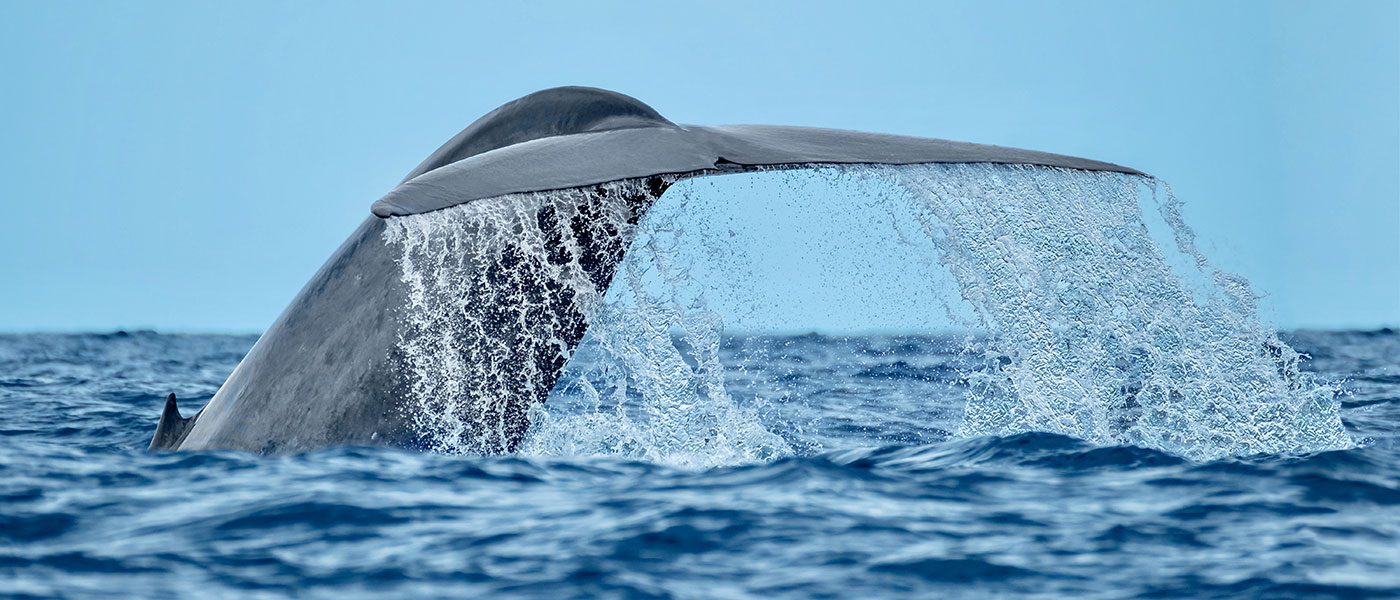One question posed by scientists: What makes blue whales so big? It is so big that its tongue alone can weigh as heavy as an elephant and its heart as much as a car. The size of a blue whale offers scientists a window into discovering its relationships with the biological clock and developmental timing.
Scientists suspect that the size of an animal affects its gestation period. However, there is a lack of evidence to prove it. Dolphins take about ten months and humans take about nine months to give birth. Even though blue whales are so much bigger than other mammals, their gestation period takes about one to two years. To understand the gestation period of blue whales, scientists have to investigate stem cells.
Now in labs, scientists are able to inspect and manipulate mouse stem cells. It takes approximately a few weeks for a mouse to make astrocytes, and within a short amount of time, scientists are able to investigate mouse stem cells and manipulate them in vitro. It’s a lot harder to gain access to blue whale stem cells. Scientists are working to collect samples of other species of whales to answer questions related to the correlation of size and developmental timing.
There are a lot of benefits that come with investigating whale stem cells. Scientists can compare the blue whale genomes to other whale genomes. In addition, scientists can evaluate how fast proteins are produced in different parts of the blue whale. Eventually, the research can have meaningful health implications for humans. For example, scientists can further regulate obesity and maybe speed up the regenerative process of human muscles.
The lack of samples from blue whales and other whales creates obstacles for scientists to understand how stem cells in large animals evolve in different stages and how long it takes for them to develop. Scientists continue to use limited resources to understand developmental timing and have cells to be matured at specific stages in hopes of improving stem cell therapy efficiency.
